The Ultimate Guide To Companion Planting Peas And Peppers
Peas and peppers are two popular vegetables that can be easily grown together in the garden. They have similar growing requirements and can help each other thrive.
In this blog post, we will discuss the benefits of companion planting peas and peppers, as well as some specific plants that make good companions for each other. We will also provide some tips on how to plant and care for these vegetables together.
Benefits of Companion Planting Peas and Peppers
There are several benefits to companion planting peas and peppers.
- They help each other thrive. Peas fix nitrogen in the soil, which is a nutrient that peppers need. Peppers also attract pollinators, which help peas to set fruit.
- They deter pests and diseases. Peas can help to repel aphids, while peppers can help to repel whiteflies. Both vegetables can also help to improve the overall health of the soil.
- They save space. By planting peas and peppers together, you can save space in your garden.
Companion Plants for Peas
There are many different plants that make good companions for peas. Some of the best include:
- Carrots: Carrots help to repel pests such as carrot flies and root maggots.
- Lettuce: Lettuce helps to suppress weeds and improve the overall health of the soil.
- Onions: Onions help to repel pests such as aphids and snails.
- Spinach: Spinach helps to attract pollinators, which help peas to set fruit.
Companion Plants for Peppers
There are also many different plants that make good companions for peppers. Some of the best include:
- Basil: Basil helps to repel pests such as aphids and whiteflies. It also enhances the flavor of peppers.
- Chives: Chives help to repel pests such as aphids and spider mites. They also improve the overall health of the soil.
- Dill: Dill helps to attract pollinators, which help peppers to set fruit. It also helps to improve the flavor of peppers.
- Marigolds: Marigolds help to repel pests such as nematodes and whiteflies.
Planting and Care
When planting peas and peppers together, it is important to choose varieties that have similar growing requirements. Both vegetables need full sun and well-drained soil. Peas should be planted in the early spring, while peppers should be planted in the late spring or early summer.
Peas should be planted about 2 inches apart, while peppers should be planted about 3 feet apart. Both vegetables should be watered regularly, especially during hot weather.
Conclusion
Peas and peppers are a great combination for companion planting. They help each other thrive and can save space in your garden. By planting these vegetables together, you can enjoy a bountiful harvest of both vegetables.
Visit Home Gardening for more information about companion planting peas and peppers.
FAQ of peas and peppers companion
- Q: Can I plant peas and peppers together?
A: Yes, peas and peppers can be planted together. In fact, they are considered to be good companion plants. Peas are nitrogen-fixing plants, which means they help to improve the nitrogen content of the soil. This can benefit peppers, which are heavy feeders. Additionally, peas and peppers have different growth habits, so they will not compete for space.
- Q: What are some other good companion plants for peas?
A: Some other good companion plants for peas include beans, carrots, celery, corn, cucumber, eggplant, parsley, potatoes, radish, spinach, strawberries, and turnips. These plants all have different growth habits and nutrient requirements, so they will not compete with peas for resources. Additionally, some of these plants, such as beans and carrots, can help to attract beneficial insects, which can help to protect your peas from pests.
- Q: What are some plants that I should avoid planting near peas?
A: There are a few plants that you should avoid planting near peas. These include onions, garlic, leeks, shallots, scallions, and chives. These plants are all in the allium family, and they can stunt the growth of peas. Additionally, the strong scent of alliums can attract aphids, which are a common pest of peas.
- Q: How far apart should I plant peas and peppers?
A: The spacing requirements for peas and peppers will vary depending on the variety of each plant. However, as a general rule, you should plant peas about 2 inches apart and peppers about 18 inches apart. This will give each plant enough space to grow and develop properly.
- Q: What are some tips for companion planting peas and peppers?
A: Here are a few tips for companion planting peas and peppers:
* Plant peas and peppers in full sun.
* Plant peas in early spring, before the last frost.
* Plant peppers in late spring or early summer, after the risk of frost has passed.
* Water peas and peppers regularly, especially during hot, dry weather.
* Fertilize peas and peppers with a balanced fertilizer once a month.
* Watch for pests and diseases, and take steps to control them as needed.
Image of peas and peppers companion
Peas and carrots are a classic companion planting combination. The peas help to deter pests from the carrots, and the carrots help to improve the soil for the peas.
Peas and beans are both legumes, which means that they fix nitrogen in the soil. This makes them great companions for each other, as they can help to improve the soil for both plants.
Peas and corn are another great companion planting combination. The peas help to provide shade for the corn, which can help to protect it from pests and diseases. The corn, in turn, provides support for the peas, which can help them to grow taller.
Peas and cucumbers are a good companion planting combination because they have different water needs. Peas need more water than cucumbers, so planting them together helps to ensure that both plants get the water they need.
Peas and eggplants are a good companion planting combination because they both repel pests. The peas help to deter aphids, and the eggplants help to deter flea beetles.
Peas and parsley are a good companion planting combination because they both attract beneficial insects. The peas attract hoverflies, which help to control aphids, and the parsley attracts ladybugs, which help to control aphids and other pests.
Peas and potatoes are a good companion planting combination because they have different nutrient needs. Peas need more nitrogen than potatoes, so planting them together helps to ensure that both plants get the nutrients they need.
Peas and radishes are a good companion planting combination because they have different growth habits. Peas are vining plants, while radishes are root crops. This means that they won't compete for space, and they can help to improve the soil for each other.
Peas and spinach are a good companion planting combination because they both repel pests. The peas help to deter aphids, and the spinach helps to deter slugs.
Peas and strawberries are a good companion planting combination because they both attract beneficial insects. The peas attract hoverflies, which help to control aphids, and the strawberries attract ladybugs, which help to control aphids and other pests.
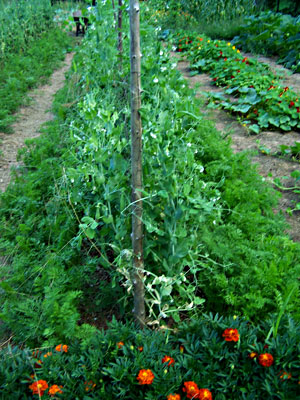
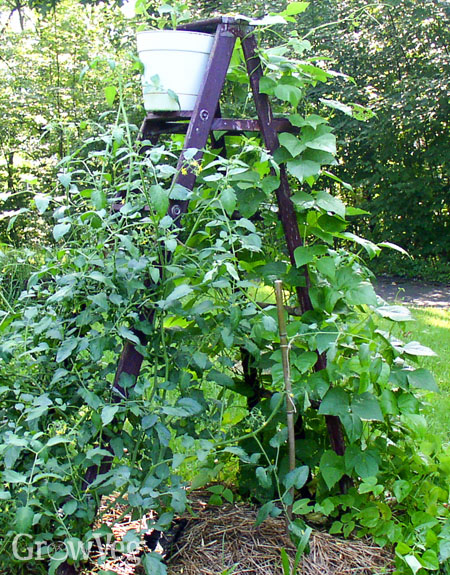


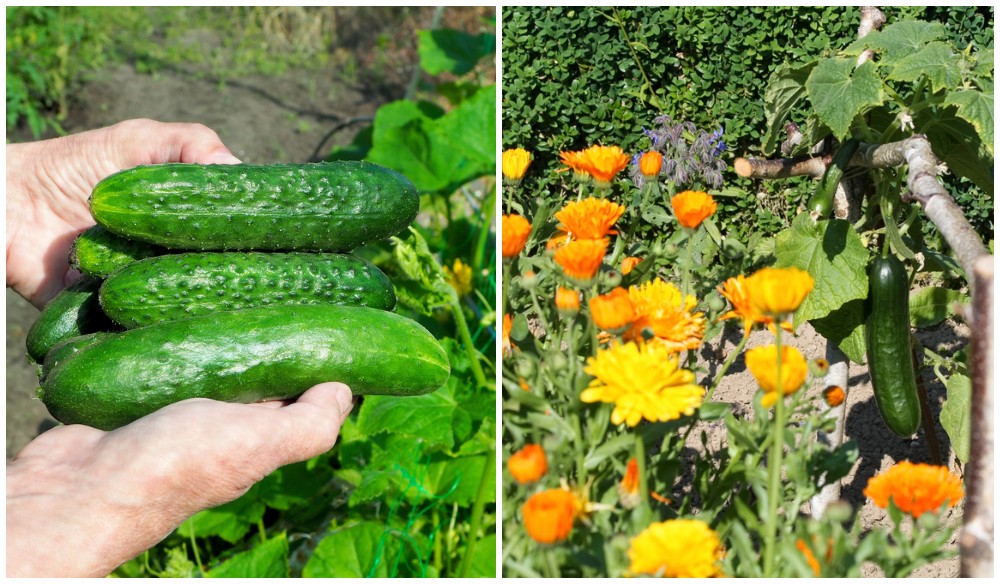


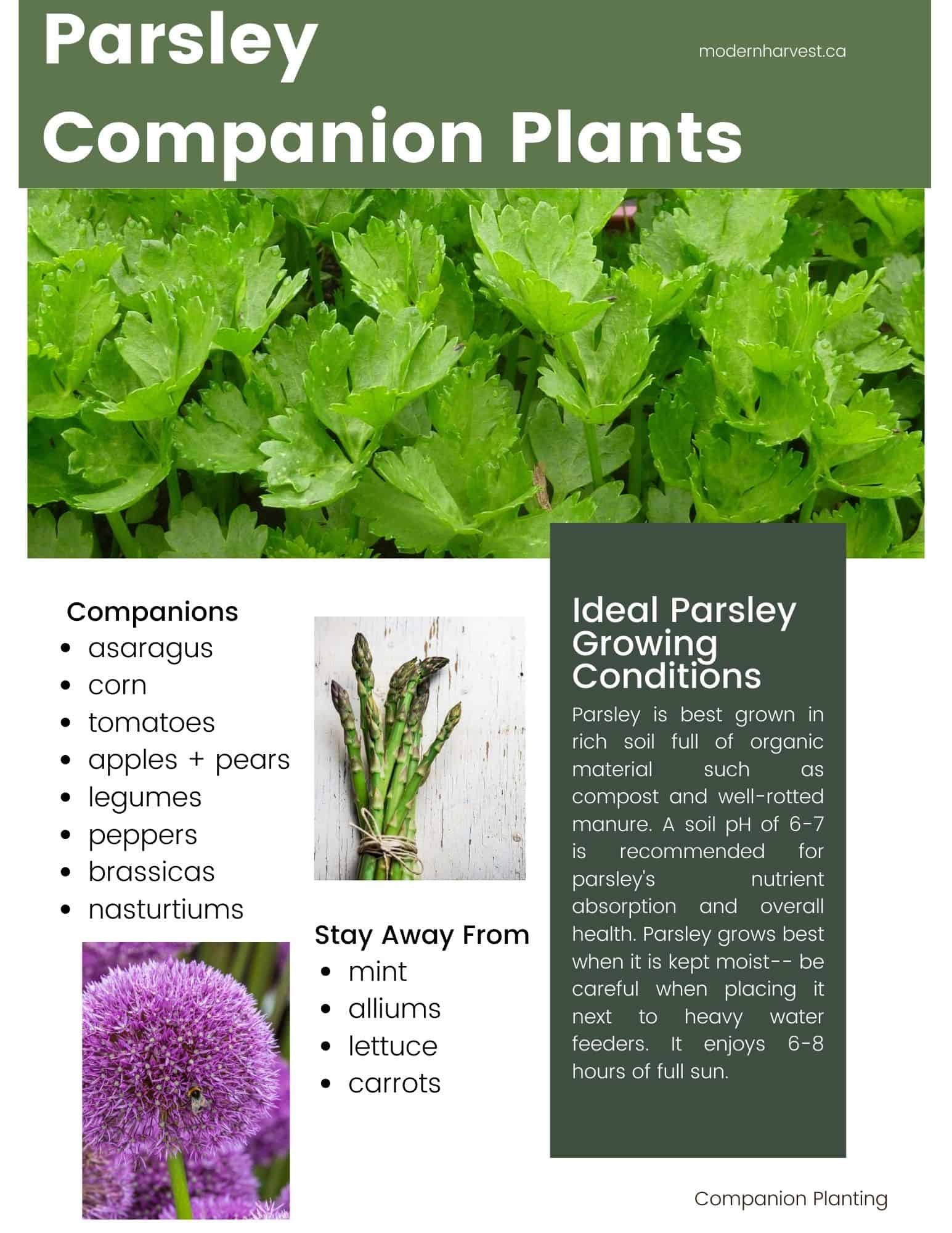
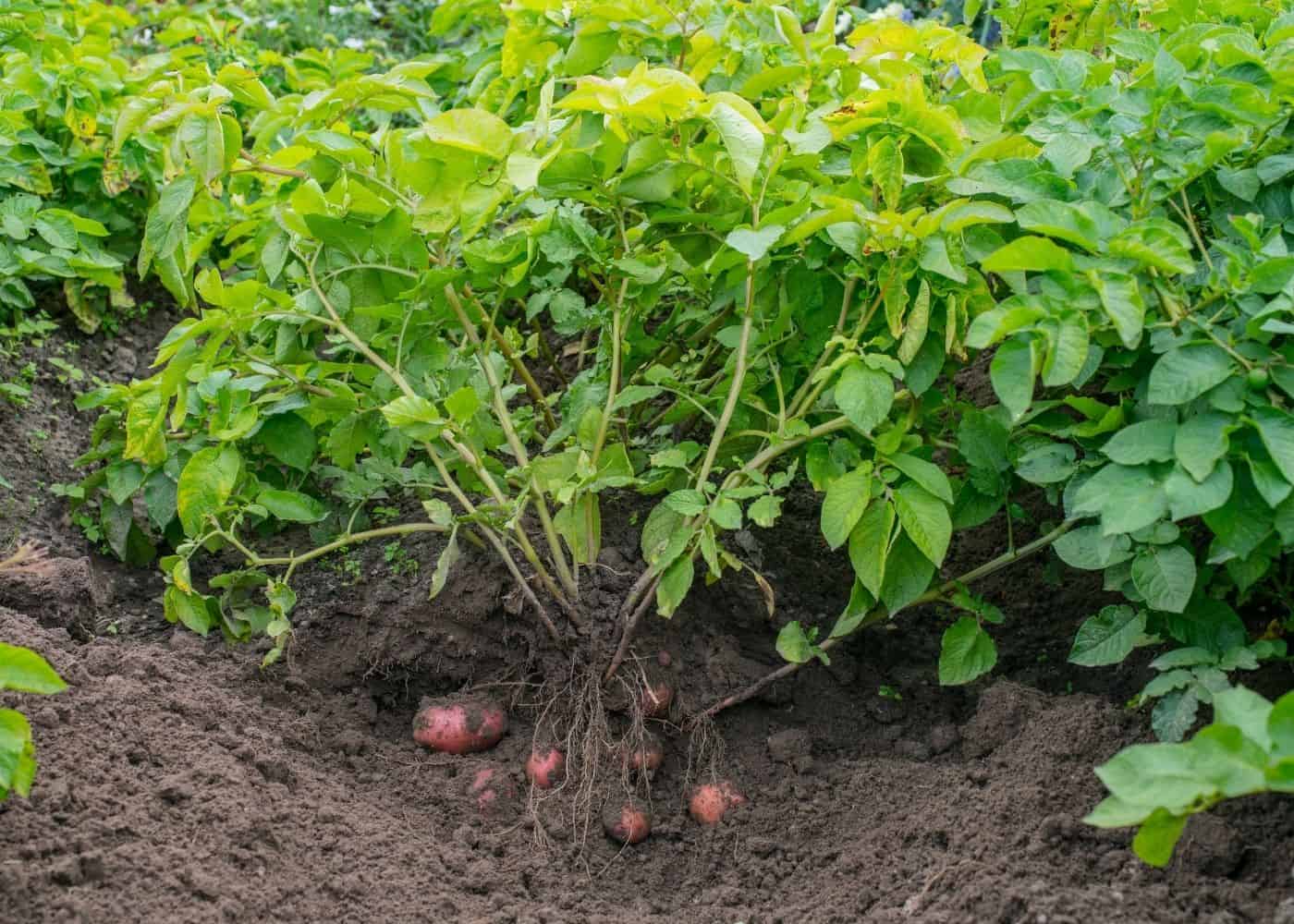
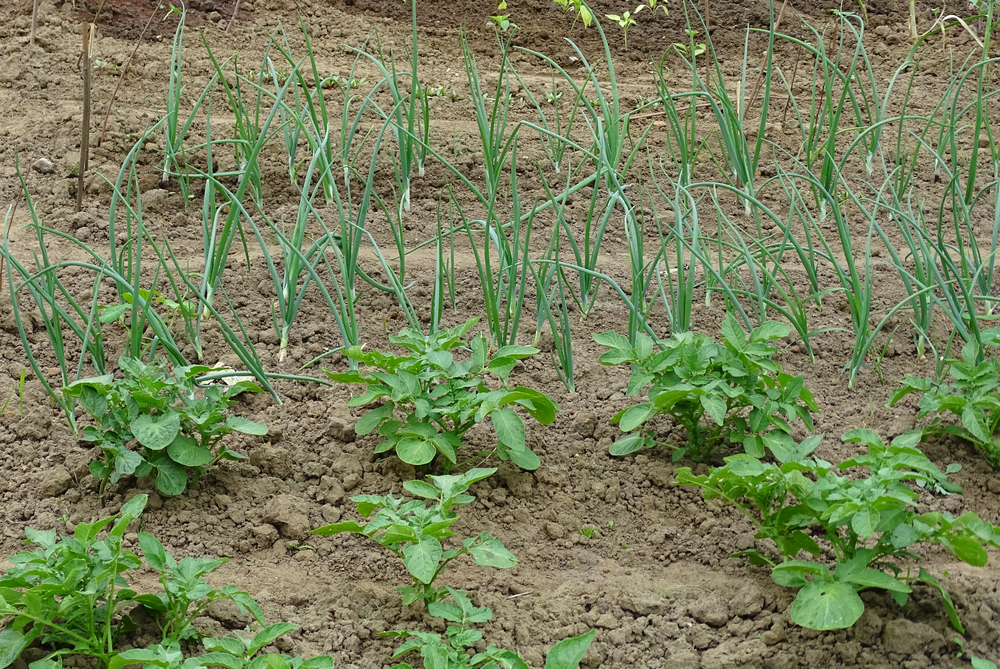

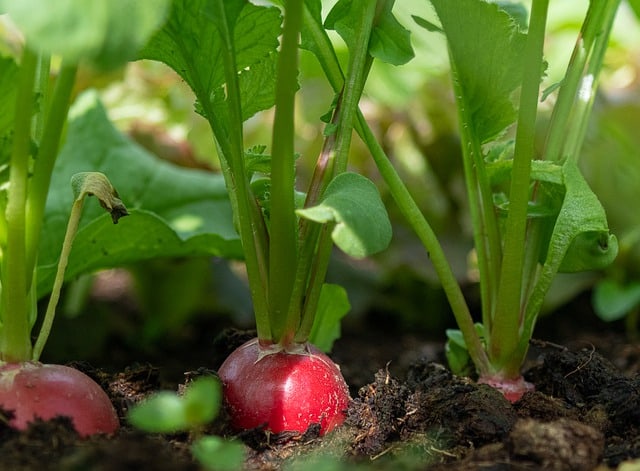
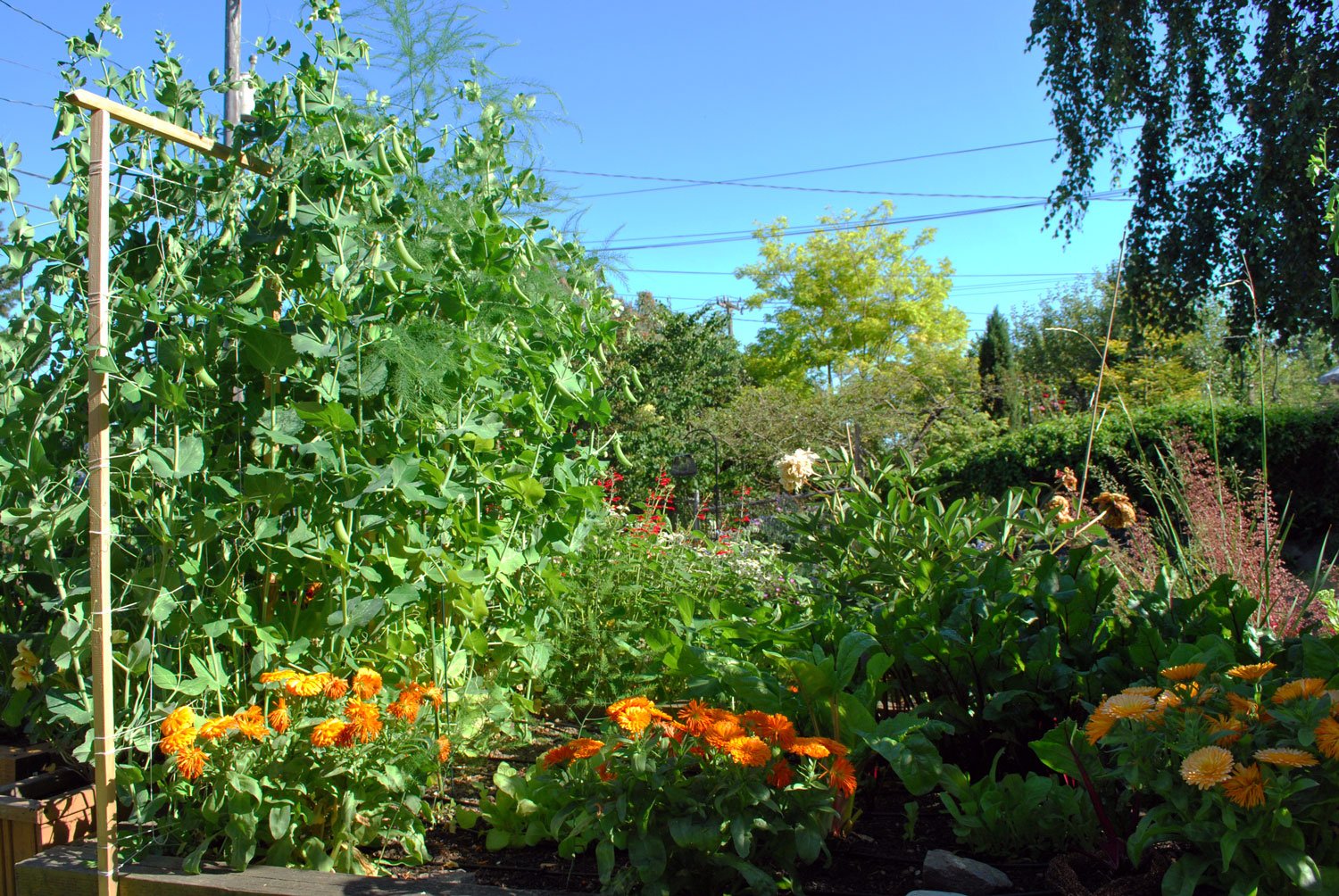
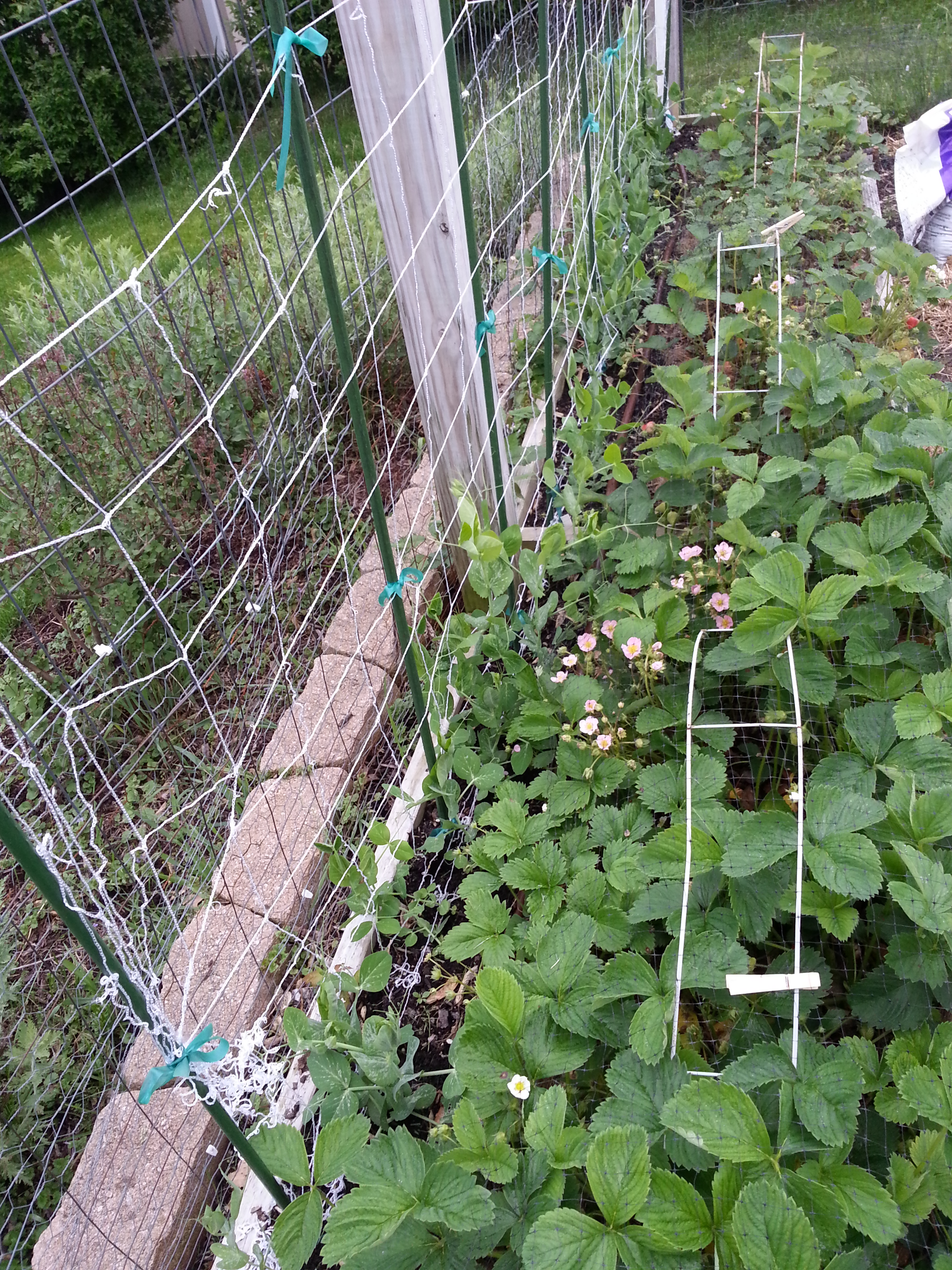
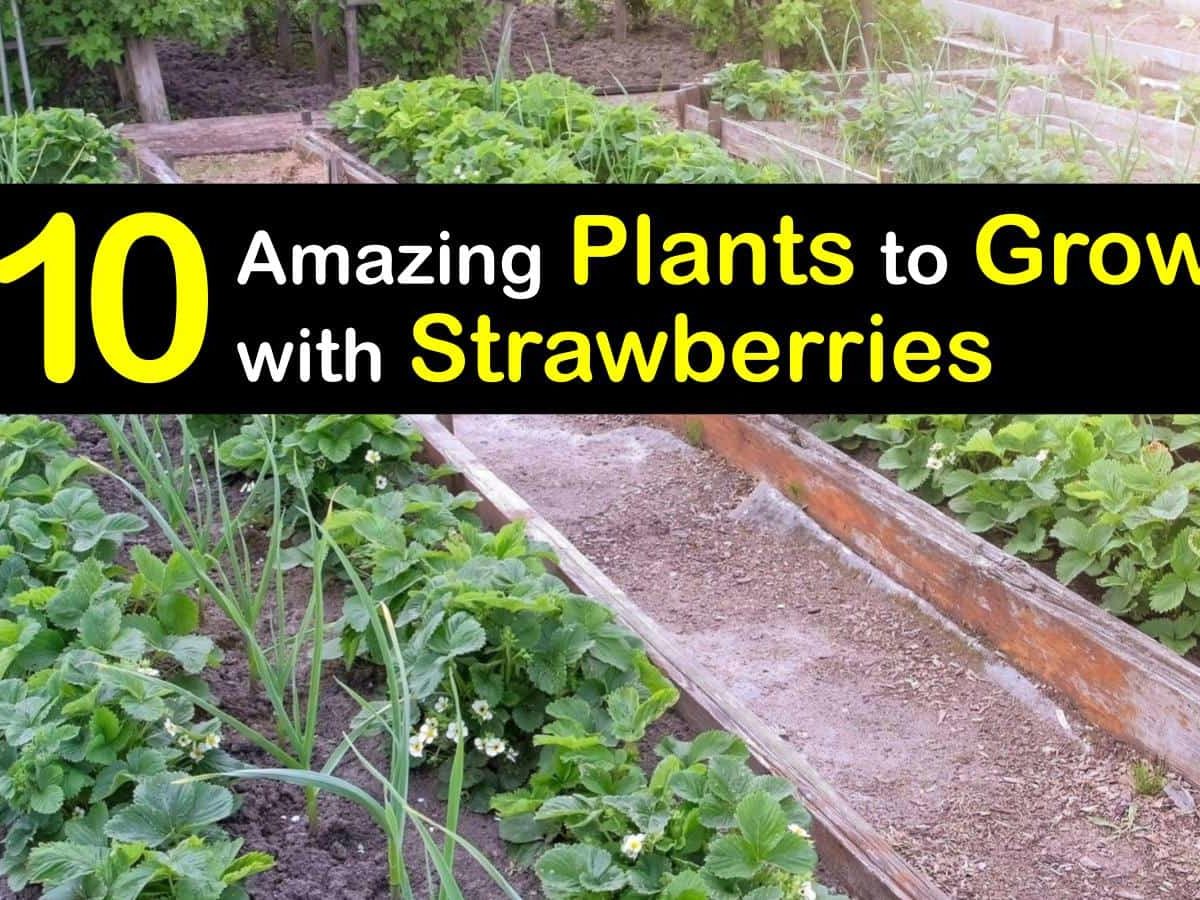
Post a Comment for "The Ultimate Guide To Companion Planting Peas And Peppers"